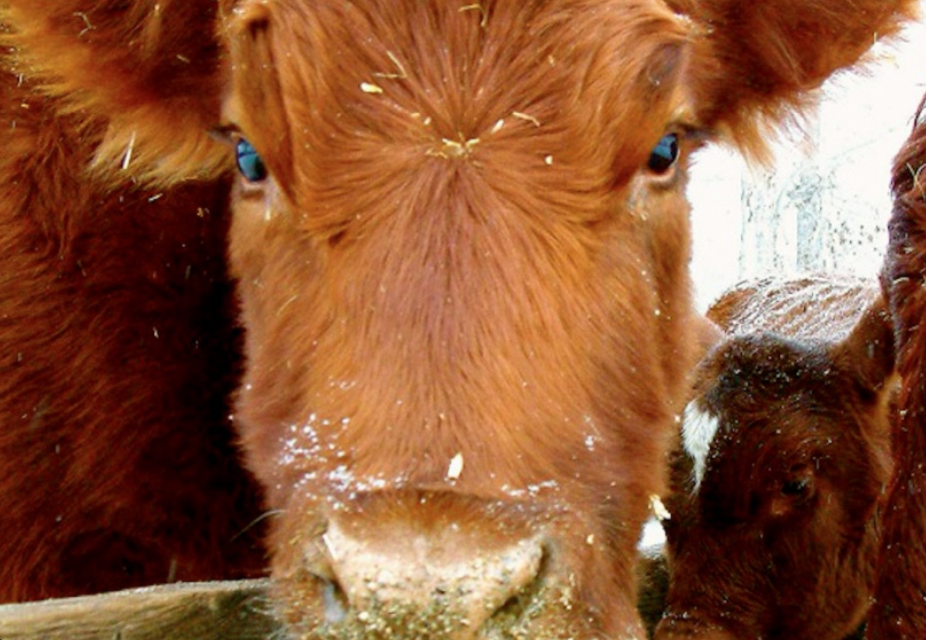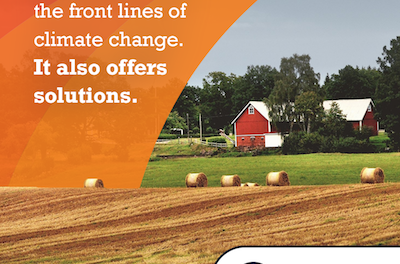The livestock sector is uncorking champagne this week: In Canada, gene editing has been
declared safe for livestock feed development, and that’s cause for celebration.
The declaration, by the Canadian Food Inspection Agency (CFIA), Canada’s regulatory
body for food and agriculture, means feed containing genes that have been changed through
high-tech editing can be fed to animals entering the food chain.
“The CFIA’s opinion of the scientific literature is that gene-editing technologies do not
pose unique risks of harm to human or animal health or the environment compared to other plant
breeding technologies,†it says.
Genetic anything always sounds a little scary. But researchers believe in it; they say gene
editing is appreciably more accurate, predictable and faster than its predecessor, genetic
modification.
Here’s why. Gene editing technologies give scientists the ability to change specific
genetic codes in plants and animals. These technologies allow genetic material to be edited ”
typically, removed or altered ” at particular locations in the plant or animal’s own genome.
By comparison, genetic modification involves introducing genes from different species
into a plant or animal.
So really, there is no comparison.
Researchers hope the public will consider gene editing more palatable. After all, the
palate is exactly where gene-edited agricultural products will ultimately end up.
For example, seed companies may edit plants’ genes to make them less susceptible to
conditions such as drought or excess moisture. They might find ways to turn on or off genes that
likewise offer or thwart some agronomic trait. This could all promote better yields and help keep
the price of food in check.
I haven’t seen any public reaction to this declaration yet. But for their part, farmers are
pumped.
Krista Thomas, Canada Grains Council vice-president for trade policy and seed
innovation, called the declaration a “ground-breaking day for Canadian agriculture.†She said the
grain sector has faced years of punishing drought conditions, and that it needs new tools to stay
productive.
“We have too many examples of crop diseases that lack adequate control,†she said.
“Gene editing can help develop solutions faster and more efficiently than traditional plant
breeding methods allow. This news opens up incredible opportunities for innovation within the
grain sector…(it) directly translates to stability in food supply and prices, which is crucial for
both our economy and food security.â€
If she’s right, this is an incredible opportunity of another kind, as well: that is, to teach
people why it’s OK to eat meat that came from farms that fed their livestock gene-edited feed.
Now’s the time to fire up the communications machine and its many tools so agriculture doesn’t
get caught flat footed and have to play catch-up like it did with genetic modification and other
new technology.
A built-in advantage of gene editing is that it’s emerging as a superstar in human
medicine to treat cruel, fatal diseases.
If such applications help it became mainstream, its future in agriculture and food could be
assured.





